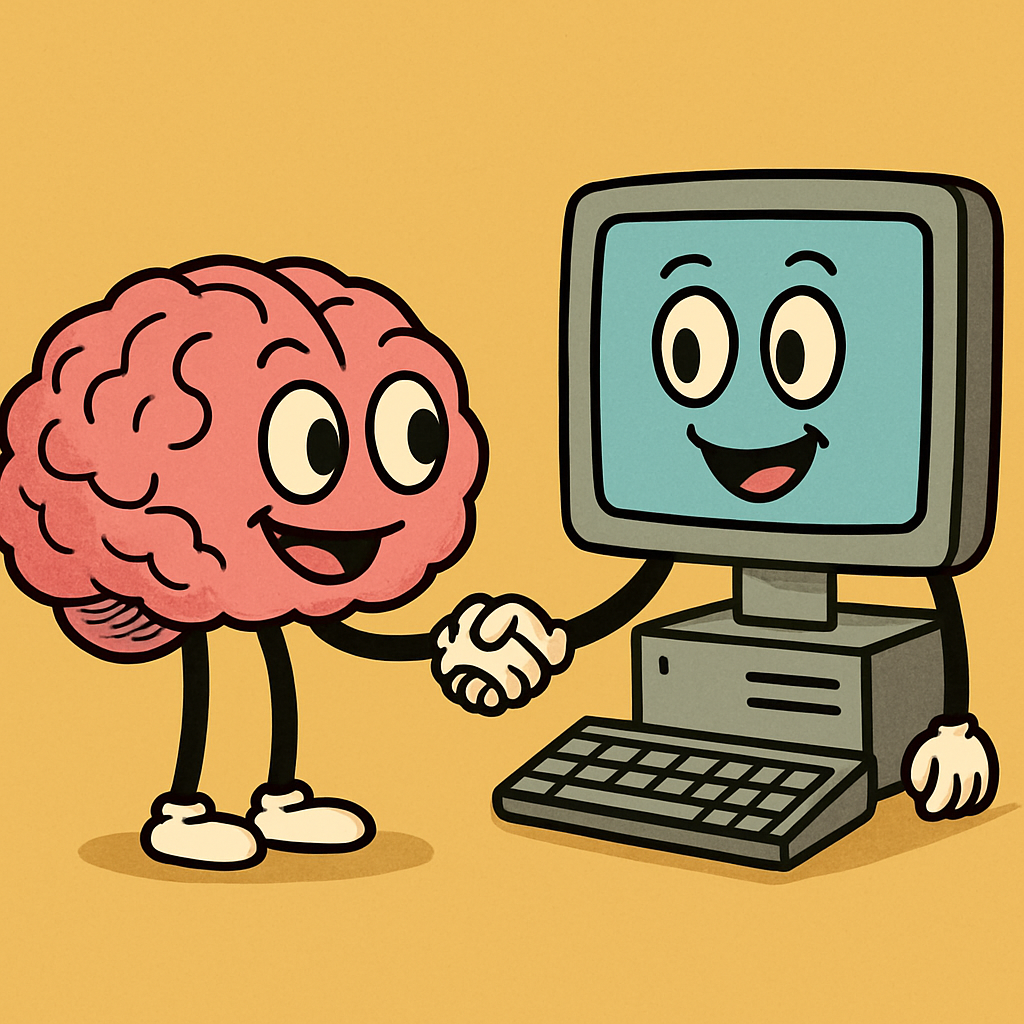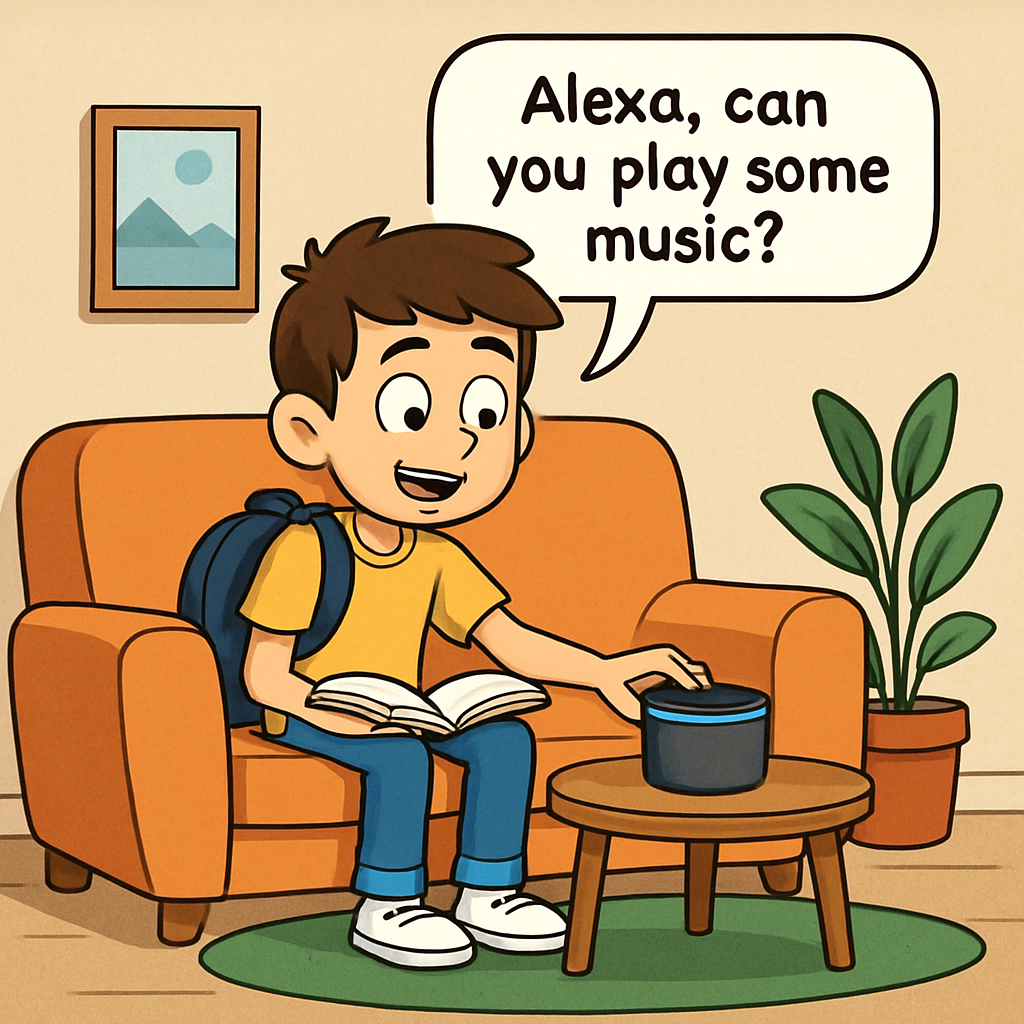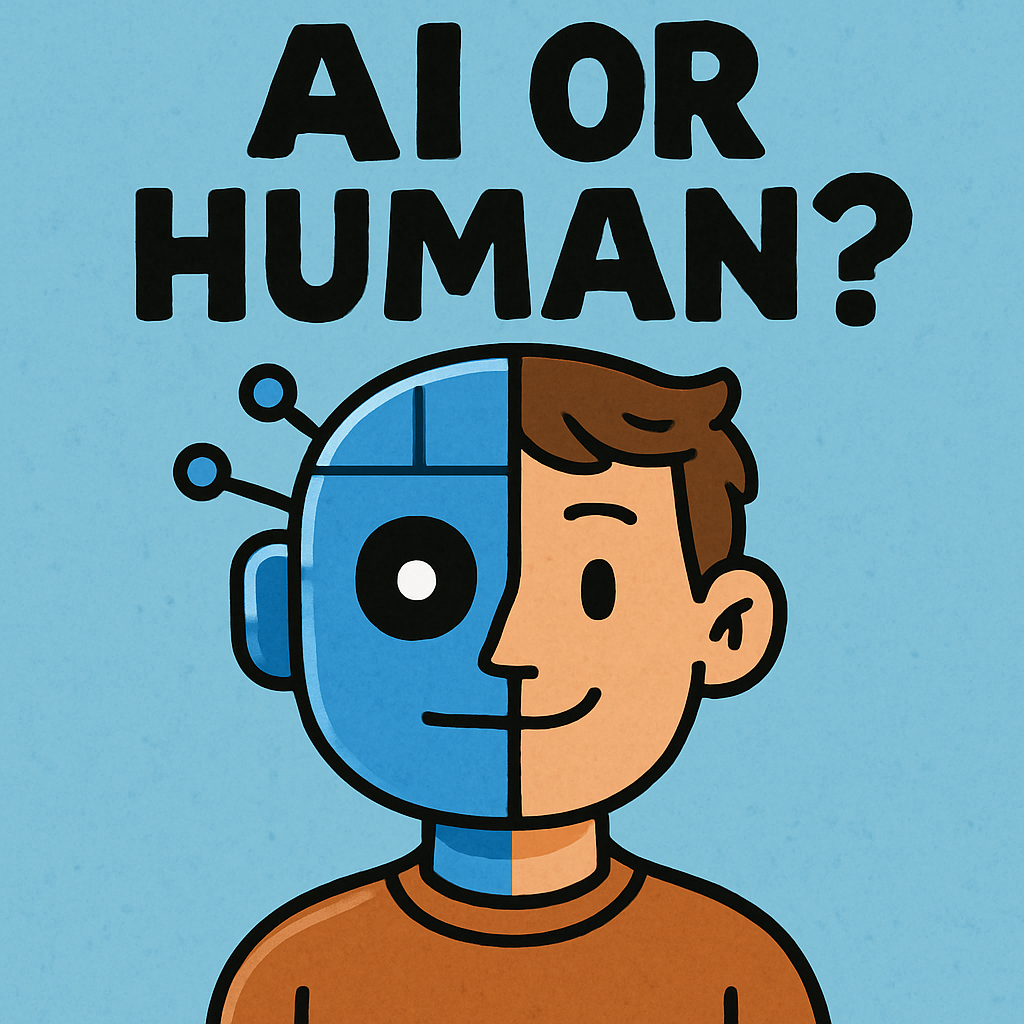 Basic AI Interactions
Basic AI InteractionsHave you ever used your phone to ask a question, such as 'What is the weather today?', and received an immediate response? This is an example of interacting with artificial intelligence, or AI. In this lesson, you will learn about how we communicate with AI in everyday situations, including chatting with it, asking questions, and using it for fun activities. Think of AI as a helpful tool that is always available to assist you.
AI interaction involves communicating with computer systems that are designed to think and respond in ways similar to humans. These systems are created through advanced programming. By the end of this lesson, you will understand some common methods of interacting with AI, how these interactions function, and important tips for using AI safely and effectively.
We will explore examples from daily life, such as voice assistants and smart suggestions in apps. You will also consider the benefits and limitations of AI, and participate in an activity to practise these concepts. This knowledge will help you use AI confidently in school, at home, and beyond.

Artificial intelligence, is integrated into many aspects of your daily life, including at home, in school, during gaming, and while messaging. Below, we will examine some common examples of how AI assists in these areas. Each example demonstrates how AI processes information to provide helpful responses or suggestions.

AI doesn't use real magic; it's all about patterns and learning from data. Here's how it works at a basic level:
It's like a super-fast brain that gets better with more info. But remember, it's programmed by people, so it's only as good as its training!
 Can You Spot the AI Interaction?
Can You Spot the AI Interaction?Now that you've learnt about how we interact with AI, let's test your skills with a fun activity. AI systems are often working behind the scenes, and knowing how to spot them is an important part of digital media literacy.
In this exercise, you'll read five short scenarios. For each one, decide if you're interacting with a real person or an AI system. Think about clues like: Does it respond instantly? Does it give personalised answers? Is the reply too general or robotic?
Now, decide for each: AI or Human? Write down your answer and explain why you think so.
When you're ready, click the button below to reveal the answers.
 Understanding Inputs and Outputs in AI
Understanding Inputs and Outputs in AIIn artificial intelligence interactions, it is essential to comprehend the concepts of inputs and outputs. These form the foundation of how you communicate with AI systems. An input is the information or command that you provide to the AI, while an output is the response or action that the AI generates based on that input. This process enables AI to assist you effectively in various tasks.
By understanding inputs and outputs, you will appreciate why providing clear and specific information is crucial for obtaining accurate and helpful responses from AI. Let us examine these concepts in greater detail.
Inputs are the data or instructions that you give to an AI system to initiate a response. These can take several forms, depending on the tool or application you are using. Here are some common examples:
Outputs are the results generated by the AI after processing your input. These can be delivered in various formats to suit the context of your query. Examples include:
Outputs are designed to be helpful and relevant, drawing from the AI's trained data and patterns.
Grasping the relationship between inputs and outputs will help you interact with AI more confidently. It demonstrates how AI systems utilise the information you provide to generate useful responses, and it underscores the importance of precision in your communications with AI.